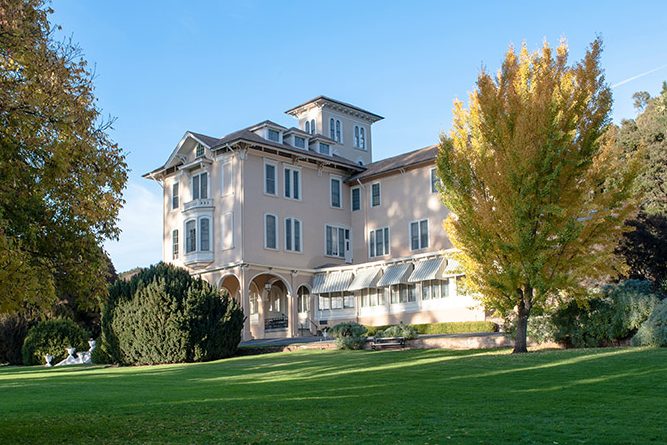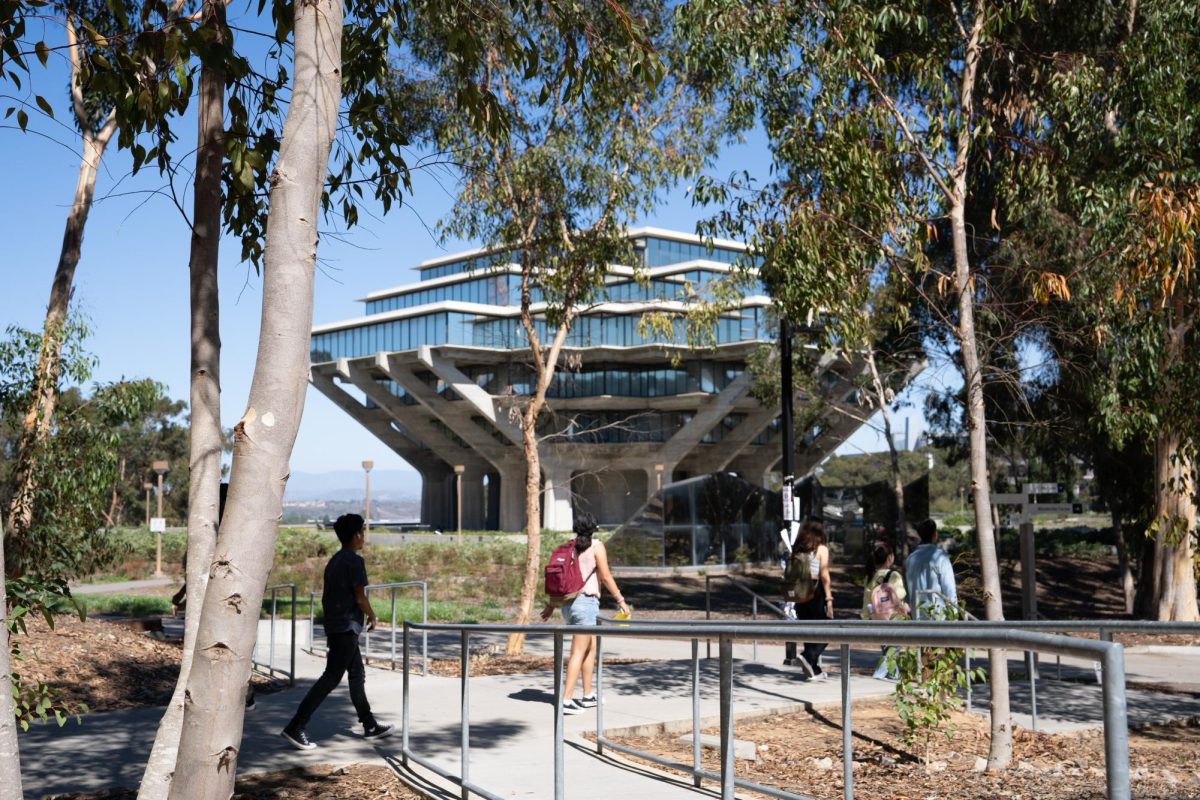In a Wednesday vote of their systemwide Assembly of the Academic Senate, UC faculty stood firmly behind a proposal that would guarantee high school students dual admission to both UC campuses and California community colleges.
In September, UC President Richard C. Atkinson proposed the program, which would guarantee students in the top 4 percent to 12.5 percent of their graduating class admission to a UC school. The only requirement for their guaranteed admission is that the students complete a transfer program at a California junior college.
Faculty lauded the proposal, which would make it easier for top-of-the-class students to secure a place at a UC campus. Their approval was based on the conditions that there be adequate funding for support and counseling within the program, and that there be a method of evaluation for reviewing the plan’s implementation and effectiveness.
In his proposal, Atkinson cited the University of California’s commitment to expanding the scope of students studying on its campuses.
“”The University of California has always sought creative and innovative ways to increase educational opportunities for the next generation of Californians,”” Atkinson said. “”I believe that more must be done to recognize and reward high-achieving students from all areas and backgrounds across the state.””
Atkinson sees additional advantages to the program, suggesting that it might strengthen the University of California’s relations with the California Community Colleges and extend the long-term viability of the Master Plan for Higher Education.
“”Most importantly, it will send a clear signal to students all over the state, from urban and rural schools, from all ethnic groups and all socioeconomic groups, that they have a clear path to a UC degree,”” Atkinson said.
The UC Board of Regents is expected to vote on the proposal as early as July.
Brad Hayward of the UC Office of the President also seemed enthusiastic about the idea, even though the program’s specifics have not yet been laid out.
“”We have to work with the community colleges to finalize the structure,”” he said.
Hayward also commented on the difference between this policy and the existing UC transfer program.
“”The main difference is that this [program] admits students right out of high school to a specific UC campus,”” he said. “”A student would know coming out of high school specifically what route he or she can take toward a UC degree. It sends a signal that if students do well in their own high school, they are guaranteed an opportunity for a UC degree.””
Hayward sees potential difficulty.
“”UC will have to work individually with the 108 community and junior colleges in California,”” he said. “”Working with these great educational partners will help us find creative ways to make this work.””
The Academic Assembly, which serves as the legislative body of the universitywide Academic Senate, is composed of faculty representing each UC campus. Assembly members include the chairs of the nine campus divisions, chairs of major universitywide Senate committees and 40 representatives appointed or elected in proportion to the number of senate members in each division.







